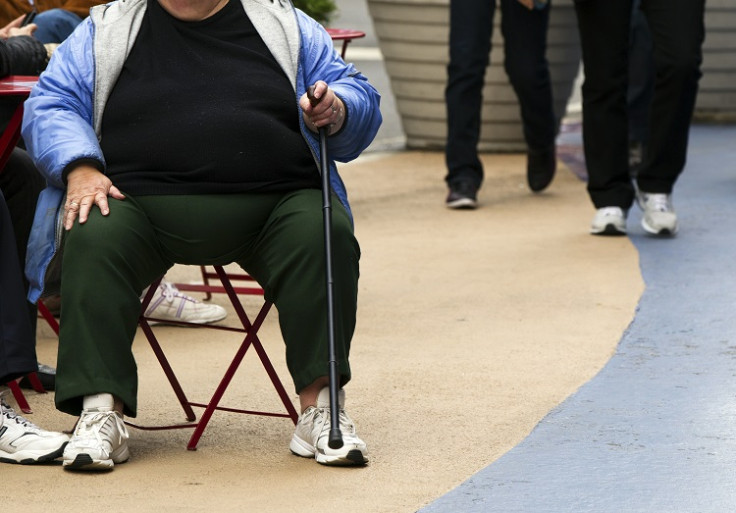ABSI Calculator: What is the Obesity Test More Effective than BMI?

A person's body shape index is a better predictor of mortality than the traditional body mass index test, researchers have said.
According to research published in the online jounal PLoS ONE, a person's ABSI is better at predicting a person's risk of dying than their BMI, the current method used to quantify the risks associated with obesity.
Explaining what ABSI is, researchers at the City College of New York said last year: "Unlike BMI, the calculation of ABSI includes waist circumference; another measurement used to estimate body fat. The additional variable helps account for the increased hazard faced by people who carry most of their fat around the middle – those with the so-called 'apple' body shape."
Current criticism of the BMI system of establishing obesity risk is that it does not distinguish between muscle and fat mass, so cannot tell if you have too much fat. The researchers showed that as ABSI increases, so too does the mortality risk from obesity.
ABSI supported
A follow-up study from the research last year analysed data for over 7,000 adults in Great Britain. They compared mortality with ABSI and other variables, including BMI, waist-hip ratio, waist-height ratio and waist circumference.
ABSI was found to be a strong indicator of mortality, with deaths increasing by a factor of 1.13 for each increament in ABSI. People in the top 20% had a 61% higher risk of death than those in the bottom 20%.
What does it mean?
Calculate your ABSI here
After putting in your measurements, the ABSI calculator gives a low score. Researchers explain: "A relative risk greater than one indicates greater than average death rate while numbers below one indicate a lower than average rate.
"For example, 1.2 indicates a 20% greater risk than average while 0.8 indicates a 20% lower risk."
On the potential uses of ABSI, one of its developers Professor Nir Krakauer said: "[For those with the highest scores] you could treat them more aggressively. You could reduce waist circumference and ABSI and you might be able to reduce their risk."
© Copyright IBTimes 2025. All rights reserved.






















